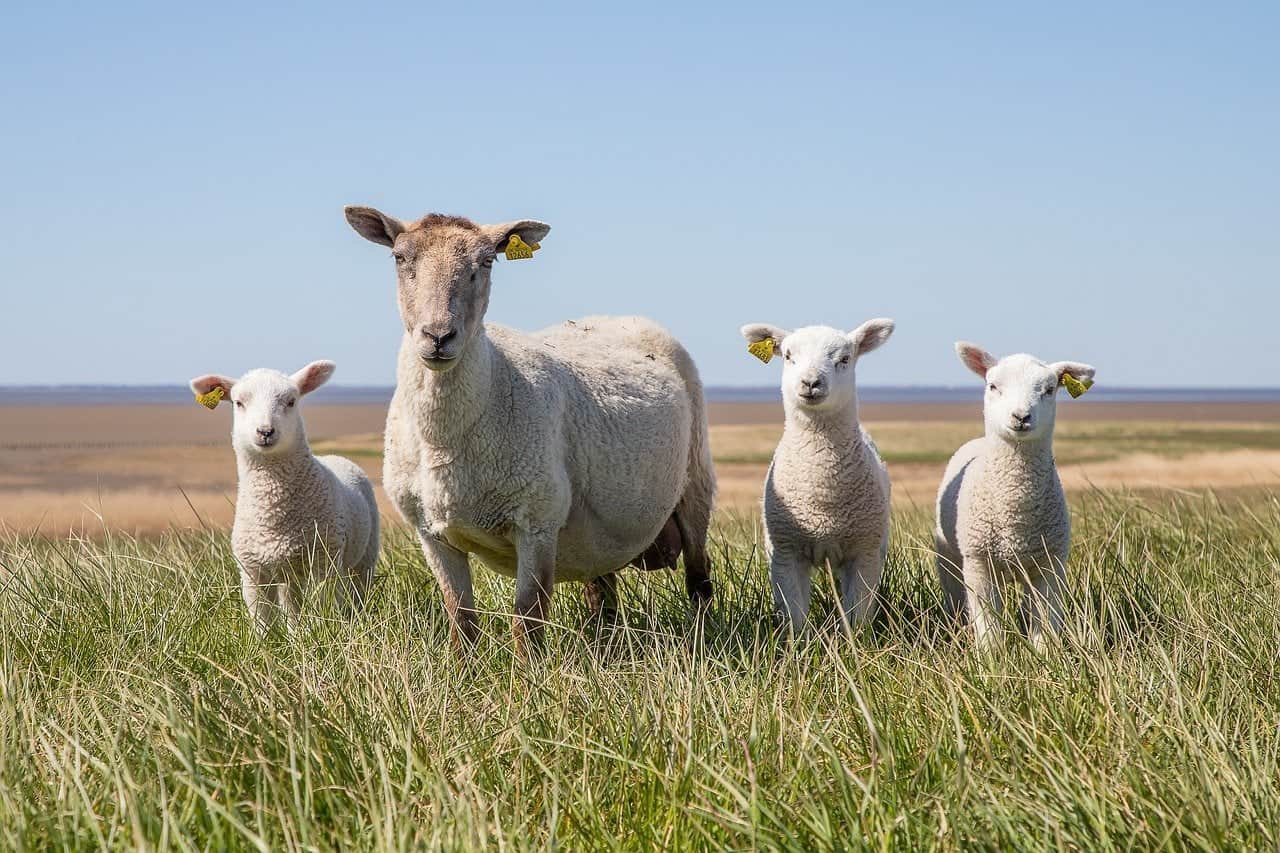Beautiful New Zealand is famous for its rugged and gorgeous landscape, wine, the flightless kiwi, the Haka, and of course, the sheep. When you’re not thinking about “Lord of the Rings,” you probably envision white sheep dotting the lush green hills and fields of New Zealand.
Sheep farming started in the 1850s and has since played a significant role in New Zealand’s economy. So, if you’re curious about how many sheep this country has, we answer that question and several others.
You’ll probably come away with more information about New Zealand sheep than you expected!

How Many Sheep Are in New Zealand?
There were 25.14 million sheep in New Zealand as of June 2022. There has been a continuous decline over the past 11 years when there were 32.56 million in 2010. Since the 1970s, sheep farming has decreased significantly. There were as many as 70 million sheep in 1982!
Why Has Sheep Farming Declined in New Zealand?
It’s believed that the primary reason for the decline in sheep farming is the loss of land. Dairy farms, horticulture, and urban development have all contributed to this decline. This includes an increase in orchards and vineyards and the growing popularity of dairy farming.
Additionally, this also includes lamb livestock, which has seen a decrease from 23.2 million in 2020 to 22 million sheep in 2022.
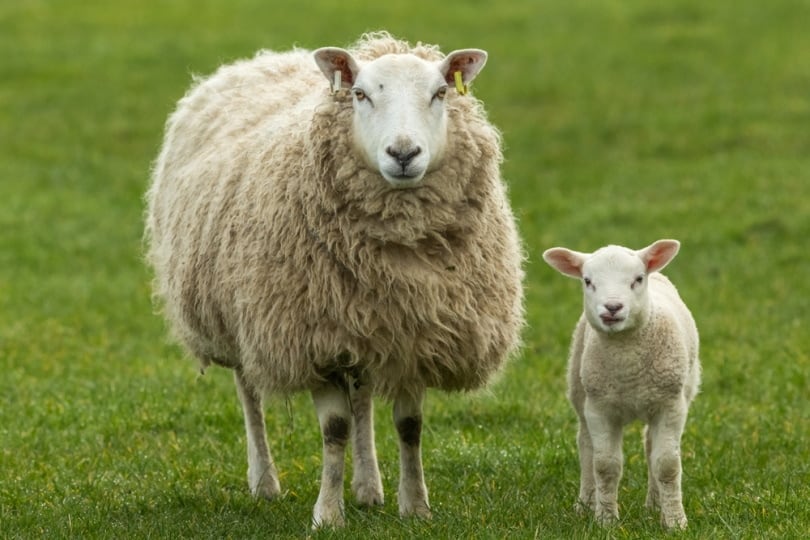
How Many Sheep per Person Are in New Zealand?
As of 2020, it’s believed that there are about five sheep per person in New Zealand. While this does sound high, the numbers have dropped quite a bit from the statistic of 22 sheep per person in 1982!
Besides the overall decline in the number of sheep over the years, there was also an increase in New Zealand’s population, from 3.2 million people in 1982 to 5.1 million in 2020.
What Countries Have the Most Sheep in the World?
China has the most sheep with 173 million in 2020. India follows in second place with 68 million and Australia in third with 64 million sheep. New Zealand is about 12th on the list, but these numbers are constantly changing.
Which Region in New Zealand Has the Most Sheep?
In 2020, the South Island had more sheep than the North Island. The South Island had 13,579 sheep, while the North Island had 12,450, which is only a difference of 1,129 sheep, which isn’t that significant.
The East Coast on the North Island had 6,527, and the region on the South Island with the most sheep was Canterbury/Westland with 5,831.
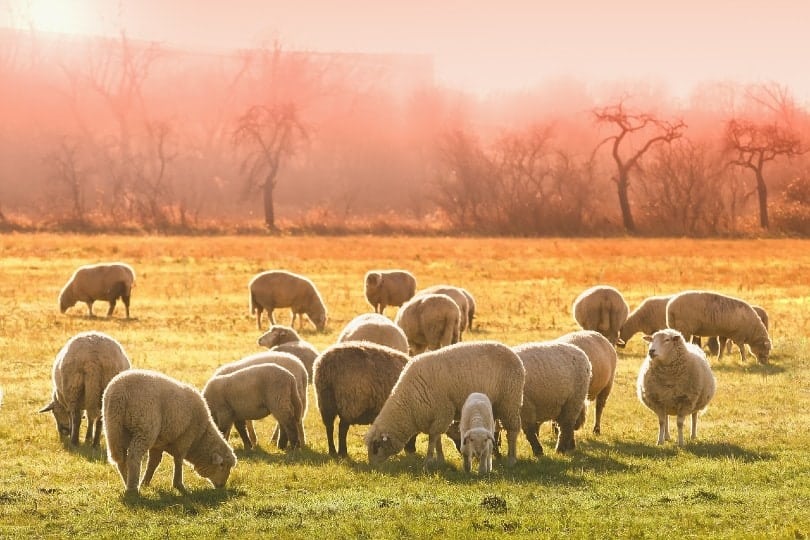
What Is the Most Popular Sheep Breed in New Zealand?
The Romney is overwhelmingly the most popular sheep breed, with more than 50% in both the North and South Islands. The Halfbred and Corriedale breeds are found primarily in Marlborough, Canterbury, and some parts of Otago. The Merino breed is typically found in the high country of the South Island.
How Much Mutton Is Processed in a Year?
In 2020, 19 million lambs and 3.6 million sheep were processed. This far outnumbers cattle, pigs, deer, and goats, with the next highest number being 2.7 million cattle.
How Much Wool Does New Zealand Produce?
New Zealand is the fourth-largest wool producer globally and contributes 11% of the wool found around the world. The top wool producer is Australia at 25%, China comes in second at 18%, and the US is third at 17% of global wool production.
What Earnings Does Wool Bring to New Zealand?
For 2020, wool fiber exports were $432.1 million. All wool products — which includes the fibers, as well as wool carpets, clothing, and yarns — came to $530 million.
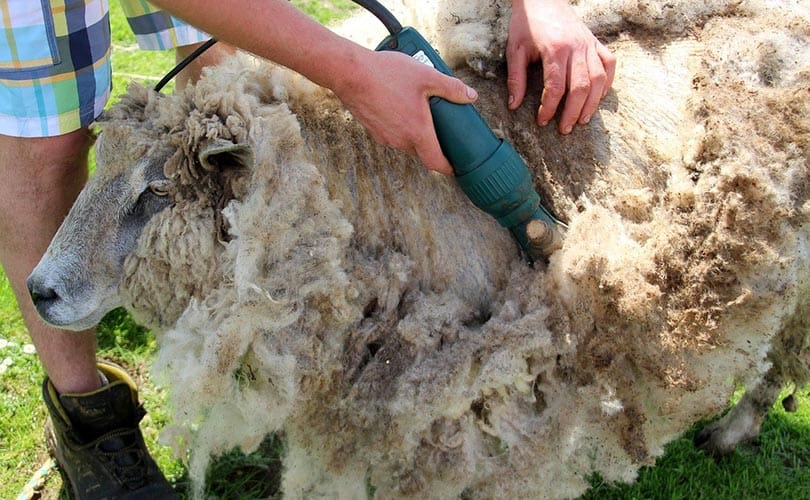
What Are New Zealand’s Top Exports?
The top exports in New Zealand as of 2019 are concentrated milk (most likely cow milk), which brings in $5.73 billion, making up 14.2% of their exports. This is followed by sheep and goat meat at $2.62 billion, making up 6.49% of New Zealand’s total exports.
How Did the 2020 Drought Affect Sheep Numbers?
There was a significant drop in sheep numbers from 2019 to 2020, with 800,000 fewer sheep. The drought led to shortages in feed for sheep, which led to a decrease in their numbers. Even though there’s been a continuous decline over the years, events like droughts have had a considerable impact.
How Many Sheep Farms Are in New Zealand?
The statistics for sheep farms are combined with beef farms, mainly because many farms keep both cattle and sheep. In 2017, there were 23,403 sheep and beef farms, which make up 45% of the farms in New Zealand. These farms take up 21,660,000 acres, which is 63% of the agricultural area.
What Are the Biggest Sheep Farms in New Zealand?
Going by the physically largest farms, the sheep breeding station run by the Campbell family at Earnscleugh Station in Otago has 52,000 acres. Then there’s the Whyte family in Canterbury, who own a 43,046-acre deer, cattle, and sheep farm.
What used to be the largest was Molesworth Station in the South Island’s Marlborough District, which is now just a cattle station. It’s 440,000 acres and used to run about 95,000 head of sheep.
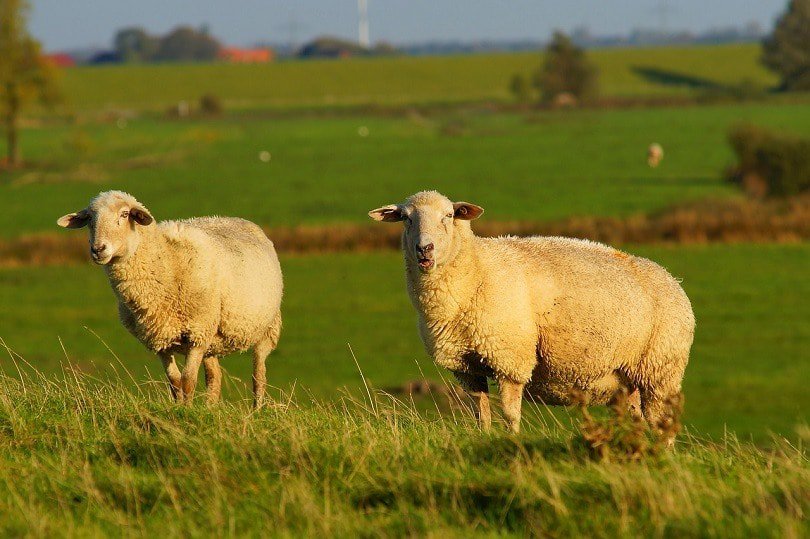

Summary
Now you know more about sheep farming in New Zealand! It’s clear that sheep farming has been on the decline for several years now.
With the pandemic, competition from more prominent countries like China, and the pivot toward dairy farming, it’s possible that New Zealand might continue on this downward trend.
It will be prudent to keep an eye on this industry, particularly once the economy has bounced back after the pandemic. However, it’s unlikely that sheep farming will ever completely come to an end. It’s hard to imagine no sheep dotting the green hills of New Zealand!
Featured Image Credit: Vinding, Pixabay
